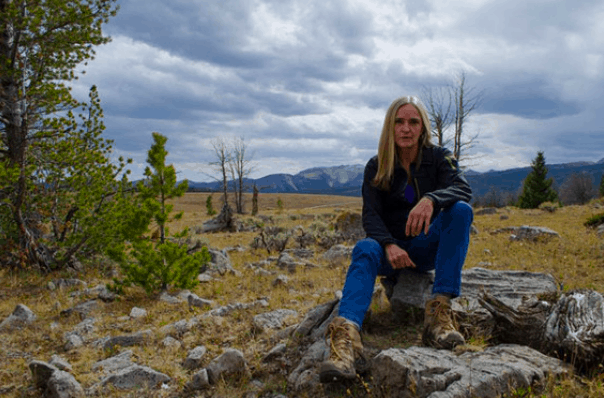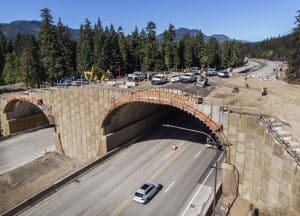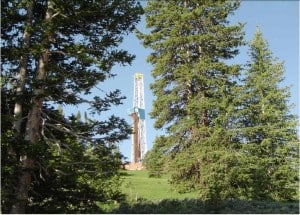An article titled “How Wildfires Are Polluting Rivers and Threatening Water Supplies” Published at the Yale School of Forestry & Environmental Studies makes the following points:
1) “As hotter and dryer conditions spawn an increasing number of wildfires in North America and around the world, one of the overlooked impacts of these worsening conflagrations is on aquatic environments and drinking water supplies. Just as wildfires can have a regenerative effect on woodlands, so, too, can fires provide some benefits to streams and rivers in burned areas. But scientists are warning that intense and repeated fires can damage the ecology of waterways by exposing them to the sun’s heat, exacerbating flooding and erosion along denuded hillsides, and releasing toxins such as mercury that are often liberated from soil and tree trunks.”
2) “Water treatment plants in those places were overwhelmed by sedimentation, dissolved organic carbon, and chemicals that were released by fire.”
3) ““Forests yield 40 percent of the water for the world’s 100 largest cities,” she says. “Many of these cities are already water-stressed because of drought, climate change, and increasing water consumption.”
4) “the Hayman Fire, which burned 138,000 acres across four counties in 2002, forcing the closure of some federal and state parks at the height of the tourist season. The intense fires removed many of the trees from parts of the mountain landscape. In the hot drought conditions that followed, the soils in those denuded landscapes baked. Some spring-fed streams stopped flowing. Chemical compounds that were vaporized by the fire got driven into the soil. As they condensed, they formed an impervious layer just below the surface.
Without trees, vegetation, and a stable soil structure to absorb the heavy rains that followed, tons of ash, debris, heavy metals, and nutrients were flushed through the watershed. This resulted in the precipitous decline of the blue-ribbon South Platte River trout fishery. Worst of all was that the affected watershed provides drinking water to 75 percent of the state’s residents. Hundreds of tons of sediment filled lakes and reservoirs. Intakes became clogged. Water quality suffered not just for a few days, but for several years.”
5) “Canberra suffered terribly in 2003 when fires blackened the landscape along the Cotter watershed, which provides 96 percent of the water for the 350,000 people who live in Canberra and nearby Queanbeyan. Heavy rains that followed caused massive erosion and flooding. More than 2,800 tons of sediment and an array of metals such as iron and manganese were dumped into the watershed. The quality of water was so poor that the city of Canberra was forced to build a new water treatment plant.”
6) “In the Alberta tar sands town of Fort McMurray, … The biggest issue, according to Emelko, is the dissolved organic carbon that is released by wildfires. When mixed with the chlorine that is used to treat water, it can produce carcinogens that most treatment plant technicians don’t have the expertise to manage. To deal with the challenges, Fort McMurray is now spending more than twice as much on chemicals as it did before the fire burned along the Athabasca River.”
7) “Wildfires are not always bad for watersheds, … Fish, however, are vulnerable to the chemicals that are often liberated by fire. Scientist Erin Kelly discovered this in the summer of 2000 when a wildfire in Jasper National Park coincided with a study she was conducting on mercury concentrations in alpine lakes. Following the fire, the doubling of the lake’s nitrogen concentration and a quadrupling of the phosphorus concentration was not a big surprise. What was not expected was a five-fold increase of mercury in fish.”
8) “invertebrates feasted on the nutrients and mercury that the fire introduced. Rainbow trout and lake herring capitalized on that bounty of invertebrates, and passed on the mercury to lake trout that prey on them. At the top of this food chain, the concentrations were high enough for government officials to issue a health warning for fish consumption by humans.”
9) “John Moody says there are two things to watch for in the future: the intensity and frequency of forest fires, and the extreme precipitation – those that unleash a lot of rain in 30 minutes – that follow a fire weeks and months after it is extinguished, when soils may not be able to absorb as much moisture as they normally do. Those are the events that can cause severe flooding, extreme sedimentation, and the liberation of undesirable chemicals.”





